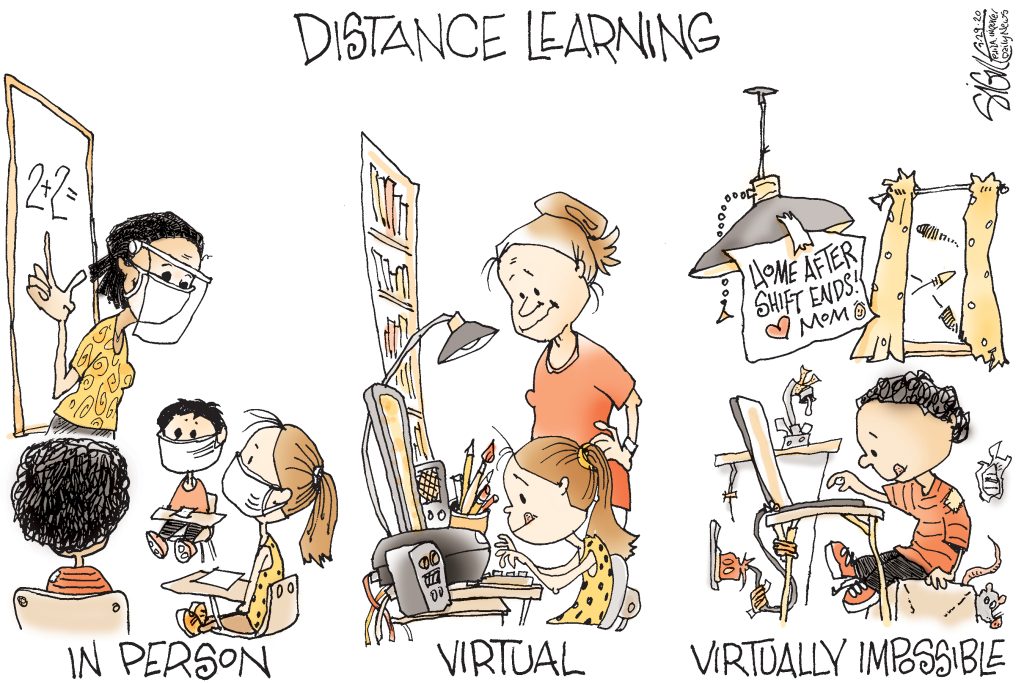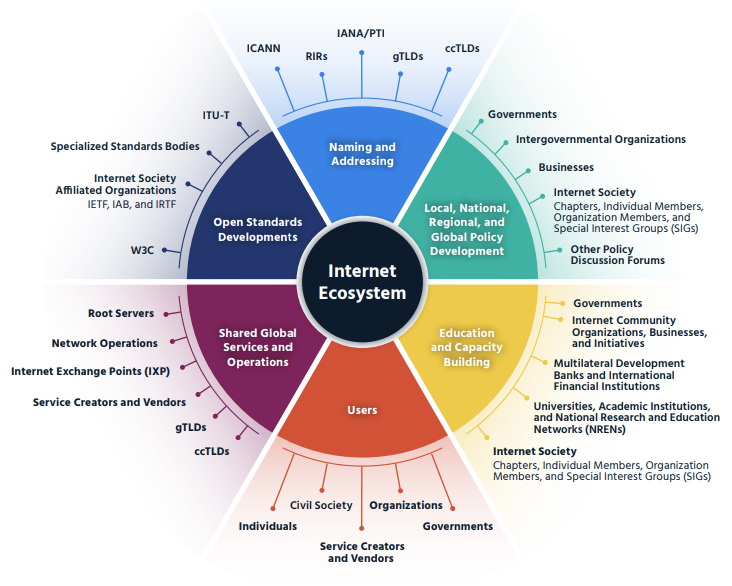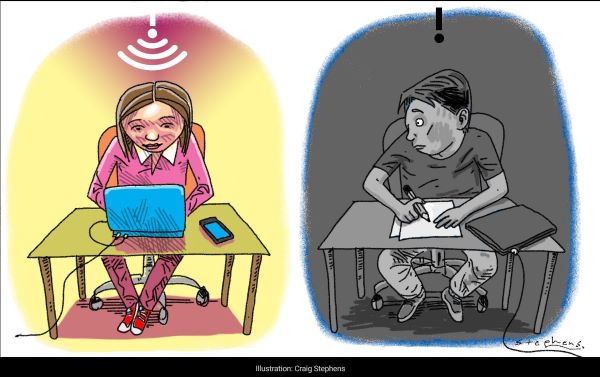Internet communities clearly have a positive effect on learning as it encourages collaborative learning, offering a variety of materials, and reshaping learning to both formal and informal portrayed on various platforms.
Understanding of an internet or virtual community is assumed for this article however if need to be extra knowledge, link helps provide a better understanding of internet communities to fully understand its effects on education.
Understanding internet communities, we can see that for education, it moves away from “teacher-centred” teaching learning to more “student-centred” learning beneficial for both formal and informal learning and education to all ages. It encourages collaborative learning, reshaping learning (formal and informal) and allows access to various platforms (Magda David Hercheui, 2011).
The use of online communities as a collaborative learning environment allows people to share knowledge, collaborate on projects, and discuss ideas. This collaborative element improves learning by encouraging peer-to-peer instruction and helpful criticism. Additionally, it encourages learners to feel engaged and part of a community.
Learning is being reshaped because of online networks, which have changed how we approach education. They have widened learning to include possibilities for informal and lifetime learning outside of typical formal educational settings (Magda David Hercheui, 2011). Learning is more flexible and applicable to the fast-paced digital world thanks to online platforms that provide ongoing skill improvement and access to the most recent knowledge. Formal and Informal Learning: Both formal and informal learning are supported by online networks. By offering extra materials and conversation opportunities, they augment traditional education. Additionally, they promote informal learning by allowing people to alone or in interest-based groups explore their passions, interests, and hobbies.

Internet communities exist on a wide range of platforms, including social media, online forums, educational websites, and dedicated learning platforms. This accessibility ensures that learners can engage with these communities in ways that are most convenient and comfortable for them. Numerous instructional websites, forums, tutorials, videos, and other resources are available online through various communities. People can select the resources that best meet their needs because of the variety of materials that are available. This variation helps make learning more individualised and efficient.
Does the formation of internet communities create a positive effect on education?
Yes, the formation of internet communities has a variety of effects on education. Internet communities foster collaborative learning, provide a range of learning resources, and adapt learning to both formal and informal contexts represented on multiple platforms, as described in text “They include, but are not limited to, mobile app development platforms, social media platforms, e-commerce and payment platforms, cloud service providers, and cybersecurity companies” (Internet Society , 2014)

Based on figure above (figure 1.1), new educational paradigms have emerged, including online learning, blended learning, and Massive Open Online Courses (MOOCs), which have increased access to educational possibilities for students all over the world. Additionally, online communities have made it easier for teachers, researchers, and students to share knowledge and skills, which has sparked the creation of fresh pedagogical ideas and cutting-edge teaching techniques.
The development of online communities has had a significant and extensive impact on education. Depending on how online communities are used, these consequences might be either beneficial or bad. The development of online communities has had the following major implications on education.
POSITVE EFFECTS:
- Access to Information: Online communities give users easy access to a wealth of knowledge and resources, facilitating their exploration of a broad range of themes and issues.
- Internet communities encourage collaborative learning by allowing students and teachers to have discussions, exchange information, and collaborate on projects. The learning process may be improved by this collaborative atmosphere.
- Diverse Perspectives: By connecting learners with people from various backgrounds and cultures, online communities may expose students to a variety of viewpoints and promote intercultural understanding.
- Flexibility: Learning may take place anywhere and at any time because to the flexibility offered by online communities, which increases access to education for people with different schedules and responsibilities.
- Lifetime Learning: Internet communities encourage lifetime learning by enabling people to continue their education after completing their official education and keep current in topics that are always changing.
- Customization: To create a more specialised educational experience, learners can select online groups and materials that suit their unique interests and learning objectives.
- Innovation and Experimentation: Online communities frequently adopt cutting-edge technology and creative instructional strategies, which can motivate teachers to change the way they approach their subject matter.
NEGATIVE EFFECTS:
- Misinformation: Learners may come across biased or misleading information in online communities, which might result in misconceptions or wrong views. The internet can be a source of this kind of information.
- Privacy and safety issues can be brought up by online groups, particularly for younger students. Cyberbullying, harassment, and exposure to objectionable information are risks.
- The digital divide, which prevents all students from having equal access to the internet and online communities, can worsen already existing educational disparities.
- Reduced Face-to-Face Interaction: If internet communities are relied upon too much for instruction, there may be a negative influence on social and communication skills.
- Loss of Critical Thinking: Depending on the group and the calibre of information provided, students may stop being critical thinkers and start acting as passive consumers of knowledge.
- Distraction: It can be difficult for students to maintain concentration and involvement in online learning communities due to the internet’s endless diversions.
In conclusion, the development of online communities has profoundly changed schooling. There are issues with information quality, privacy, and equity, but it also presents numerous potentials for learning, cooperation, and innovation. Internet communities must be successfully integrated into the educational system, and this needs careful planning, instruction in digital literacy, and mitigation techniques for any potential drawbacks.
Reference List
Brenda Tapia. (2017) Virtual communities https://www.youtube.com/watch?v=PvZB2iz0JGo&ab_channel=BrendaTapia
Chatgpt: help formulate topics and ideas.
Magda David Hercheui. (2011) A LITERATURE REVIEW OF VIRTUAL COMMUNITIES. Information, Communication & Society 14:1, pages 1-23.
Who Makes the Internet Work: The Internet Ecosystem. Internet Society. Published online 2014. https://www.internetsociety.org/internet/who-makes-it-work/
Figure list
Figure 1.1: Who Makes the Internet Work: The Internet Ecosystem. Internet Society. Published online 2014. https://www.internetsociety.org/internet/who-makes-it-work/


